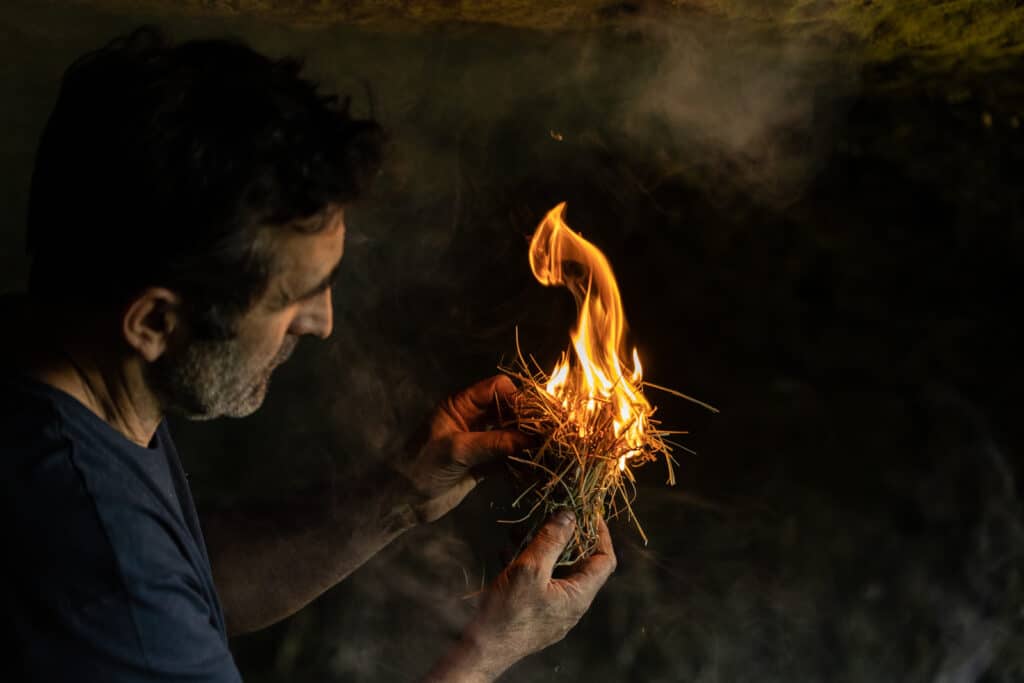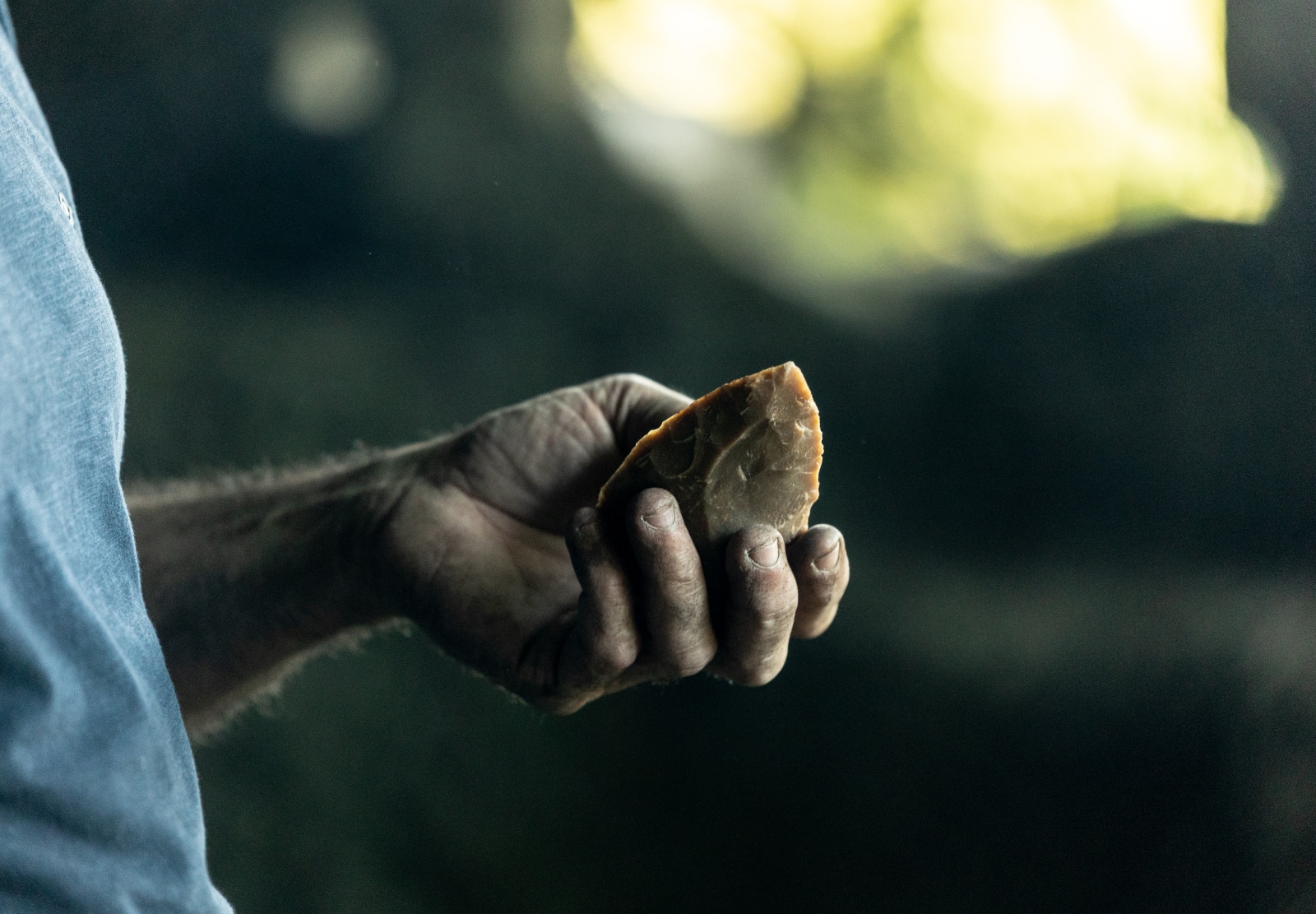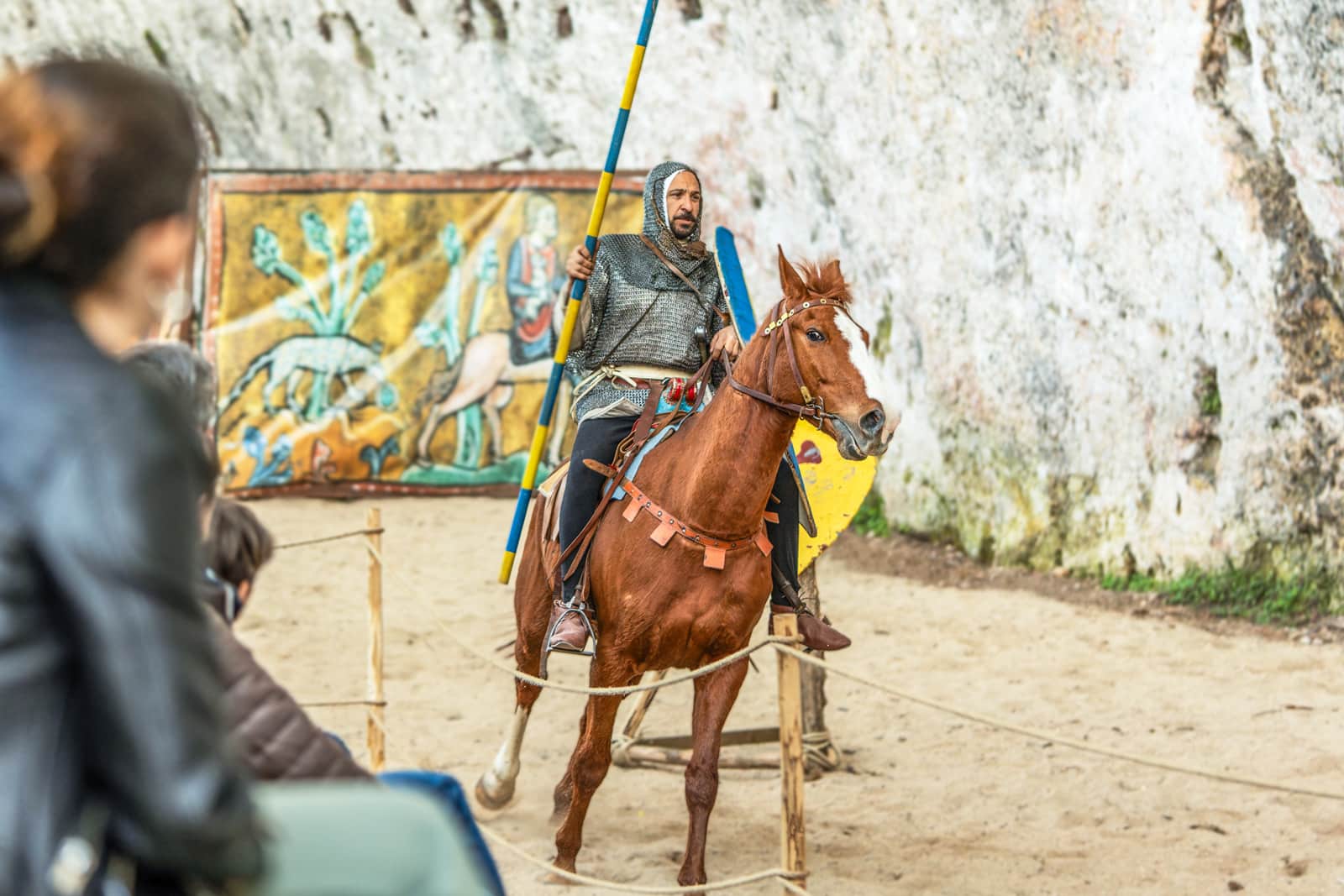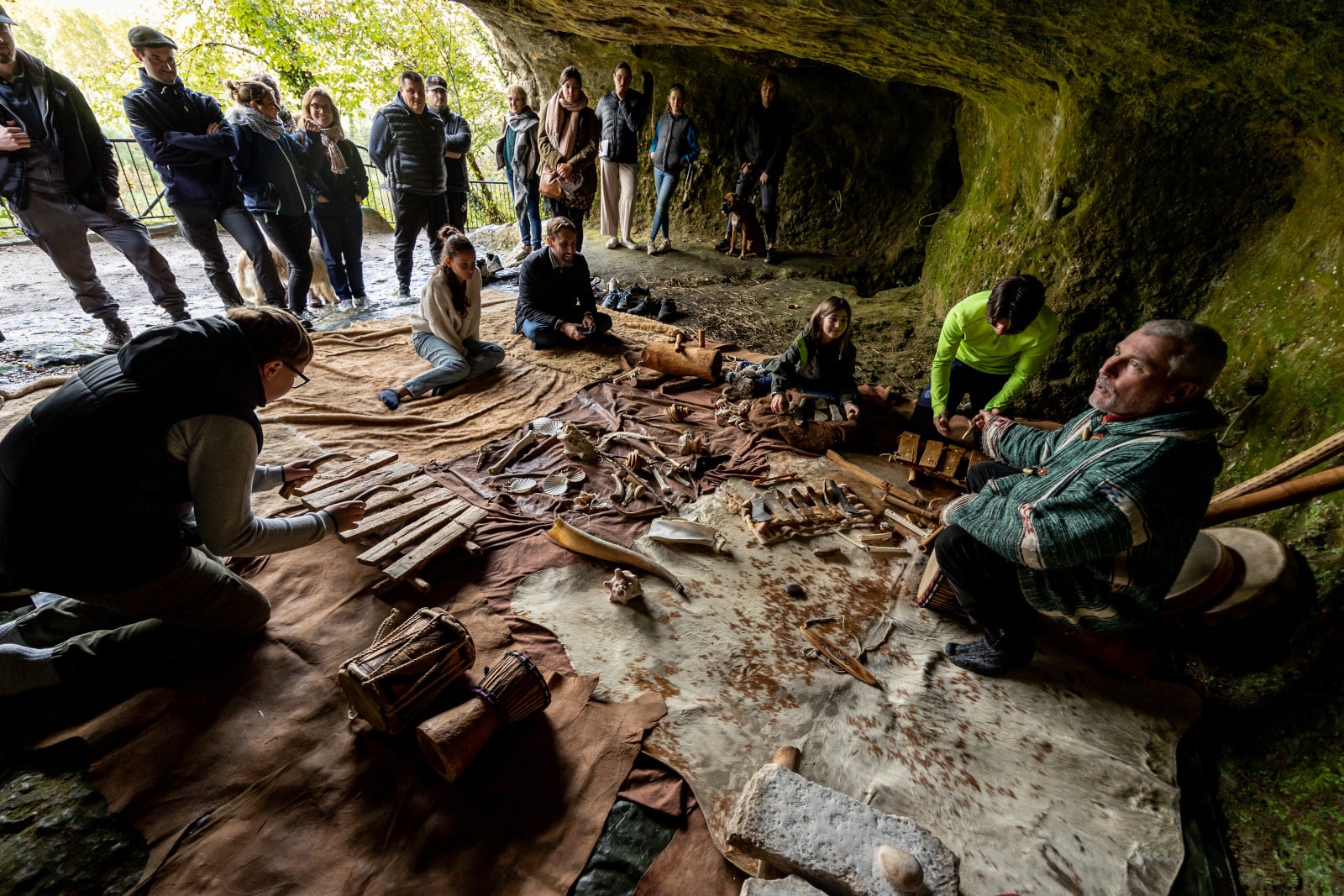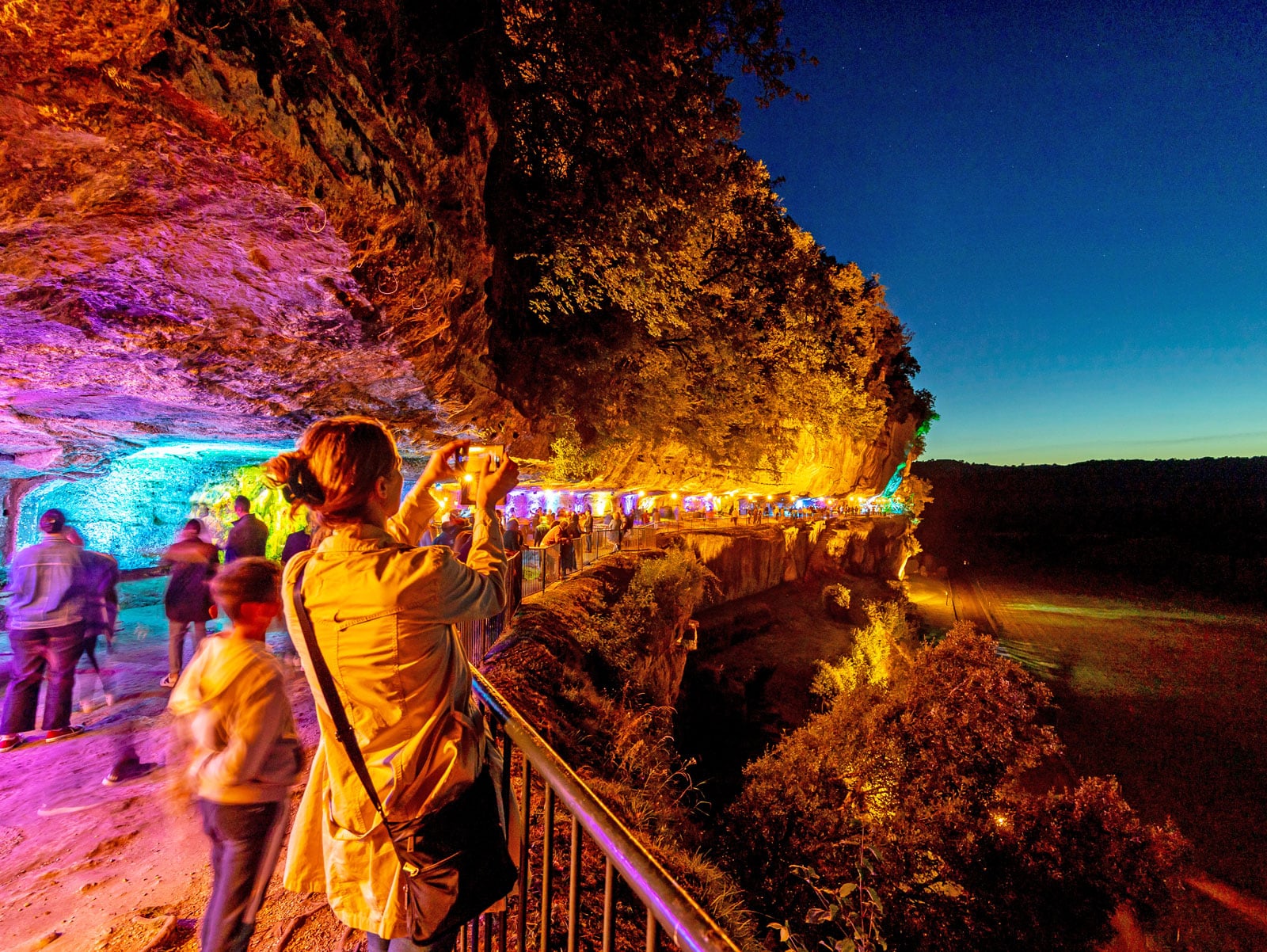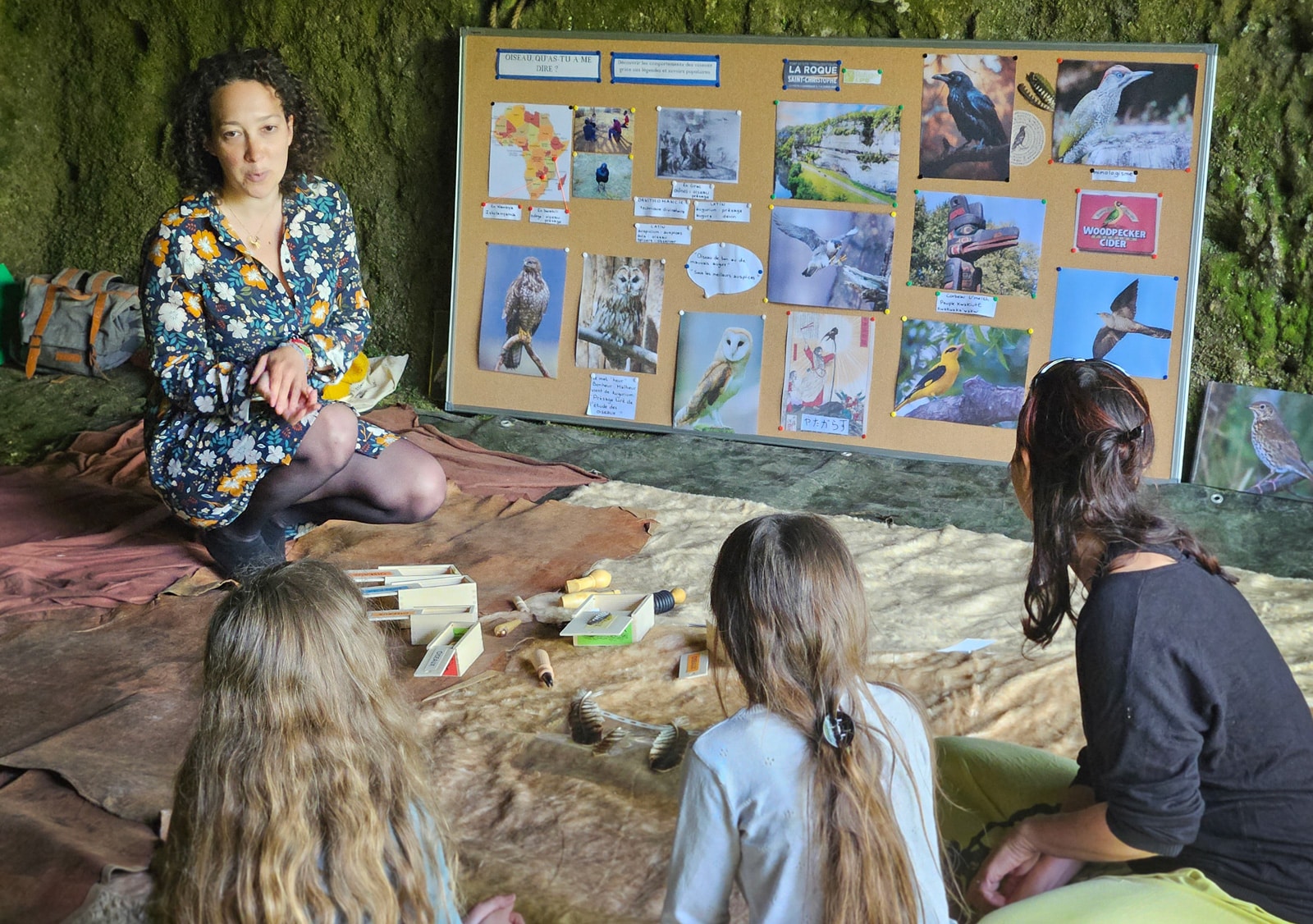Flint knapping and fire production” workshop
Take an interest in the geology of the region, and learn more about carved flints, which are priceless relics of our ancestors’ presence here. Nicolas Audebert (mediator and lecturer on prehistory) is a specialist in flint (a particularly hard siliceous rock found in the limestone formations of the Vézère Valley and elsewhere in the Dordogne), and he will show you how prehistoric man cut this very special rock into real tools. The flints are sharpened and honed with percussors, and sometimes smoothed with polishers to make polished axes. Flint will reveal all its mysteries to you… And as a bonus, we’ll learn how to make fire without a lighter or matches!
- It’s not just flint that was cut by our ancestors and used on the cliffs! Discover the workshops for cutting lauze, a roofing material that is a real skill!
Flint knapping in Périgord
How do you carve a flint? How can you tell if a flint in your hand has been cut? These ancient tools are used for cutting, but they are also transformed into accessories for spears, for example, or for axes, harpoons, etc… Cut flints are a treasure trove… During these prehistoric activities, archaeology also helps to distinguish the different cutting techniques. Flakes, nuclei, strikers, laurel leaves, direct or indirect cutting… this is the Neolithic period (lithic meaning polished stone, hence “new polished stone”).
- You can also take part in introductory workshops on medieval cooking, or discover prehistoric music with the Musique des Origines workshop.
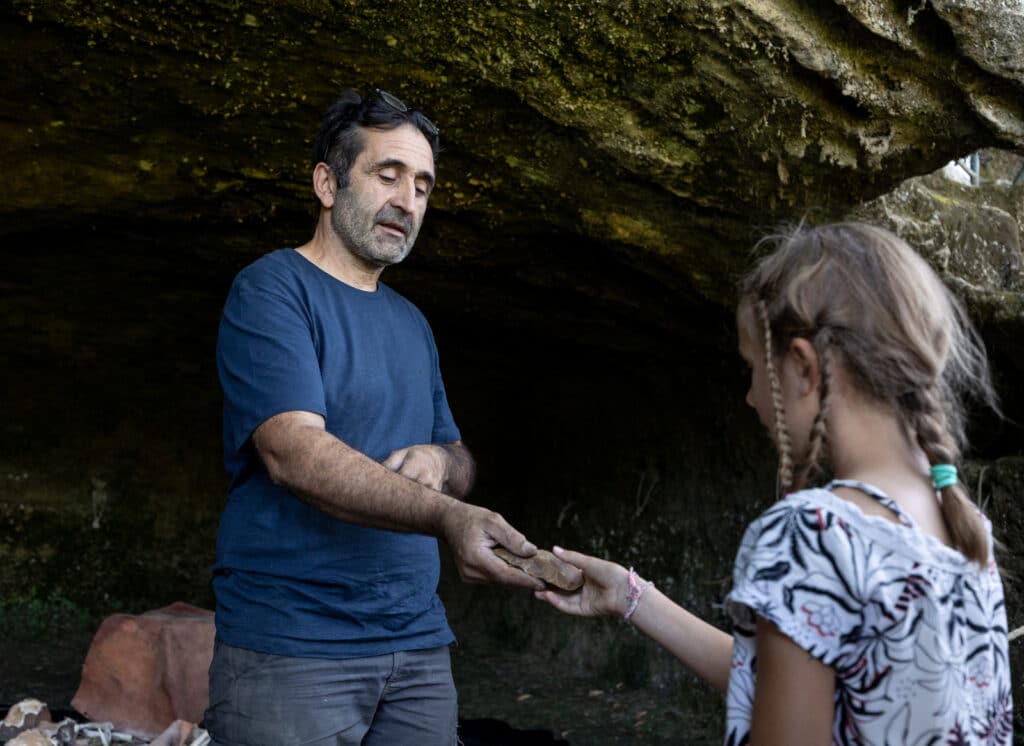
Learn to light a fire like prehistoric man
There were no lighters or matches in those days. So how did they go about lighting fires? There are two techniques, one of which is more widely used than the other, according to archaeological research. We’ve all tried rubbing two pieces of wood together to create heat by gyration (when it spins and there is friction) in a groove that ignites a dry material. A long, uncertain and difficult technique… Research has shown that 2 flints struck together do not give off a spark of sufficient quality (it is said to be cold) to light a fire. It was therefore necessary to strike a piece of mineral (marcasite or pyrite) against a flint and near a piece of tinder (a mushroom found on hornbeam and birch trees) which naturally contains a rapidly flammable substance. The slow combustion then allows the nascent flame to be placed on dried grass or straw to create a fire.
Would you like to see this for yourself? Come along to the Flintknapping and Fire Lighting workshop at La Roque Saint-Christophe! Visits in July and August: Mondays, Tuesdays and Wednesdays from 2.30pm to 6pm.
